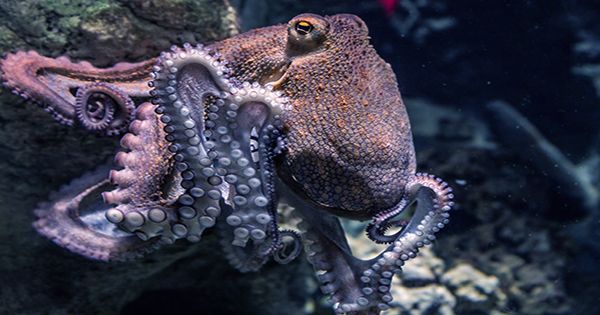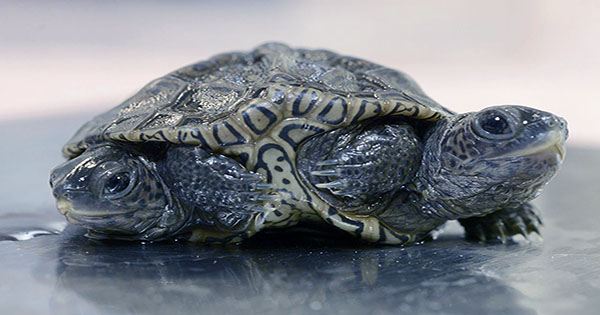Two octopus genomes also contain a family of “jumping genes,” which have been found to perform certain potentially crucial roles in the human genome by copying and pasting themselves into numerous distinct regions. The genes were previously believed to be completely inactive, but the discovery shows that this may not be the case at all and that they may really be crucial to the functioning of the octopus brain. The study was released in the journal BMC Biology.
Transposons, commonly known as “jumping genes,” are long sequences of genetic material that may travel to a different location in the genome using the machinery that they have developed for that purpose. Nearly half (45%) of the human genome is made up of transposons, which are also known as long interspersed nuclear elements (LINEs), short interspersed nuclear elements (SINEs), and many other names. Transposons were formerly believed to be nothing more than historical artifacts with no apparent use in our current genomes, yet scientists now employ jumping genes known as Alu elements to reconstruct our evolutionary history.

But that could be about to alter. It makes sense that LINEs are tightly controlled in the brain since transposons cannot secretly insert themselves into crucial genes and impair their function. As a result of their heightened activity in the hippocampus, which is involved in learning processes, some scientists think they may have an impact on cognition. But it has been challenging to confirm this given how little we currently know about the functioning of the human brain.
An octopus genome is jam-packed with transposons, much as in humans, making it a perfect model for studying them in humans. Researchers at Stazione Zoologica Anton Dohrn and Scuola Internazionale Superiore di Studi Avanzati (SISSA) have recently discovered considerable activity of a genetic element from the LINE family in a crucial area of the brains of two species of octopus: Octopus vulgaris and Octopus bimaculoides.
LINEs in the brain may be the product of convergent evolution, which means that despite humans and octopuses not having a common ancestor, both species evolved certain genetic components inside the brain to accomplish comparable tasks. This shows that LINEs may play a significant role in cognition. According to Remo Sanges, director of the Computational Genomics laboratory at SISSA, “the discovery of an element of the LINE family, active in the brain of the two octopus species, is very significant because it adds support to the idea that these elements have a specific function that goes beyond copy-and-paste.”
Giovanna Ponte from Stazione Zoologica Anton Dohrn continued, “I literally jumped on the chair when, under the microscope, I saw a very strong signal of activity of this element in the vertical lobe, the structure of the brain which, in the octopus, is the seat of learning and cognitive abilities, just like the hippocampus in humans. Although the findings is encouraging, it does not yet indicate that LINEs have a direct role in cognition.
Even while it is now known that they are present in two different evolutionary routes and that they are active in regions engaged in both activities, it is still possible that they are only transposing for fun and are not genuinely functionally active in these regions. As the octopus’ brain is similar to many other brains in the animal kingdom, the team now aims to explore deeper into these LINEs to shed light on their actual (if any) functions.
















